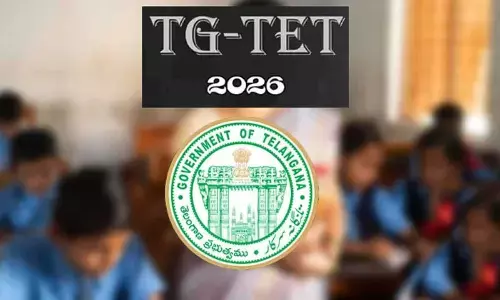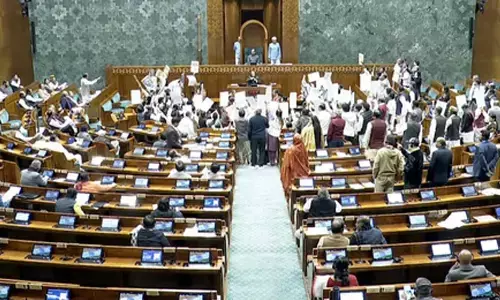Buyer Beware

Buyer Beware, National Spot Exchange Limited, NSEL, NSEL Scam. The sorry part is that common people like retirees and middle class savers were caught in the middle of the NSEL scam and lost their hard-earned money.
The sorry part is that common people like retirees and middle class savers were caught in the middle of the NSEL scam and lost their hard-earned money.
The entire NSEL (National Spot Exchange Limited) saga seems like a repeat of previous scams like the Harshad Mehta scam of early 1990’s, the Ketan Parekh scam at the beginning of the century and the more recent Saradha chit fund scam in West Bengal. Most such financial scams have a similar breeding ground; overambitious promoters and individuals with a weak ethical construct, gullible investors and a very limited regulatory oversight.
When the Harshad Mehta wave took over the nation in 1990-91, it appeared as if making money was very easy. By colluding with promoters of listed companies, bank officials and brokers, Mehta was able to manipulate the prices of stocks at will and lay investors started believing that any stock that he touched would give a manifold return within days and weeks. Mehta understood the system and worked it to his advantage.
The modus operandi of his operations was to use a deal known as the Ready Forward (RF) deal. In this deal, a borrowing bank (seller) borrowed money from lender bank (buyer) by selling a security at market price and bought it back in the short-term (e.g. in 15 days) at a slightly higher agreed upon price. In some cases the security did not even exchange hands and the seller bank issued a Bank Receipt (BR) to the buyer indicating that money had been received and the seller would deliver the security to buyer at a later date.
Mehta got hold of a couple of banks whose corrupt officials were willing to issue fake BRs for a fee. He pledged these BRs with other banks, which in turn issued loans assuming that pledged BRs were genuine. Using the loans thus generated, Mehta manipulated the market and drove up the share prices. When the time came to retire the fake BR securitized with the banks, he would sell at the higher prevailing market price, return the borrowed money from banks and pocket the profit.
This continued till the time the bubble burst in 1992. After the bubble burst, numerous banks were found holding fake and worthless BRs worth Rs 4000 crores and scores of retail investors lost their life’s savings. Mehta faced a slew of court cases before he died in 2001.
The massive media fallout and public outcry resulted in the empowerment of Securities and Exchange Board of India (SEBI) and adoption of modern information technology for greater transparency. The situation is much improved in stock markets, and though there have been incidents of unscrupulous transactions, the extent and quantum of these transactions is much reduced now.
The recent NSEL scam is a similar case of dubious operators and weak regulatory oversight. NSEL was promoted by Financial Technologies, a listed technology company that provides back-end technology for capital markets. NSEL provided a platform for parties to trade commodities like metals (gold, silver, etc.) and agricultural products (cotton, wheat, soyabean etc.).
As per the transaction, the seller deposited the goods with the NSEL-designated warehouse and received a warehouse receipt (WR). The seller could then sell his goods on the exchange by using the WR. Upon completion of the transaction, the buyer gained ownership of the goods. These were spot transactions with a “T+2” span, i.e. the delivery and payment occurred within 2 days.
In a clear violation, NSEL started offering longer duration contracts like “T+25”, effectively making these forward contracts. This soon became the means for some of the operators to raise short-term money. Most operators created fake WRs, i.e. there were limited or no underlying goods in the warehouses, and raised lot of money from other brokers/investors.
It became a Ponzi scheme and when the Forward Markets Commission (FMC) sent a circular to NSEL asking it to stop all future forward contracts, it started a series of events which ended in over 15000 investors holding worthless pieces of paper. In normal circumstances, the exchange was expected to stand guarantee and sell the underlying goods to outsiders and compensate the investors. But since there were no goods and WRs were fraudulent, almost Rs 5500 crores leaked out into the pockets of bogus operators. All the hue and cry afterwards has not made much of headway, apart from a few arrests. It was a clear failure of regulatory process and poor investor education.
The sorry part is that common people like retirees and middle class savers were caught in the middle of the NSEL scam and lost their hard-earned money. Any number of rules and regulatory bodies cannot stop future occurrences ofsuch scams until government focuses on investor education and awareness. The onus is on the investors to take responsibility for their actions. As a Latin principle says, “Caveat Emptor” (Let the buyer beware).



















